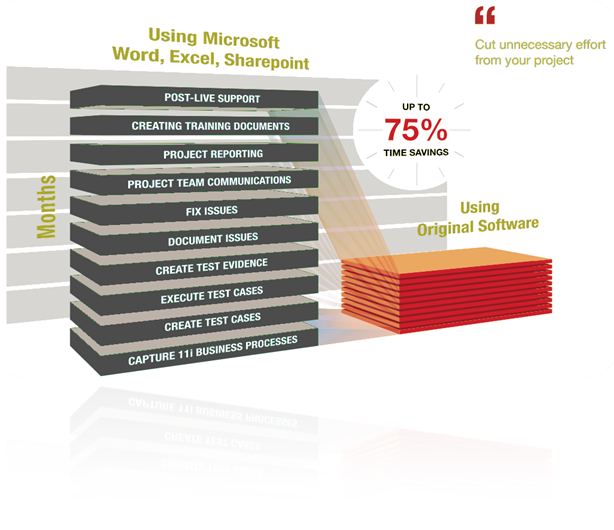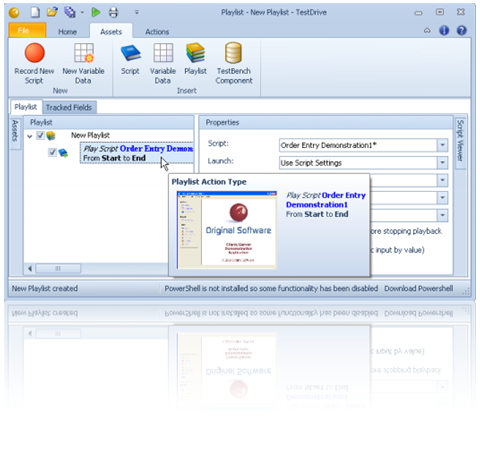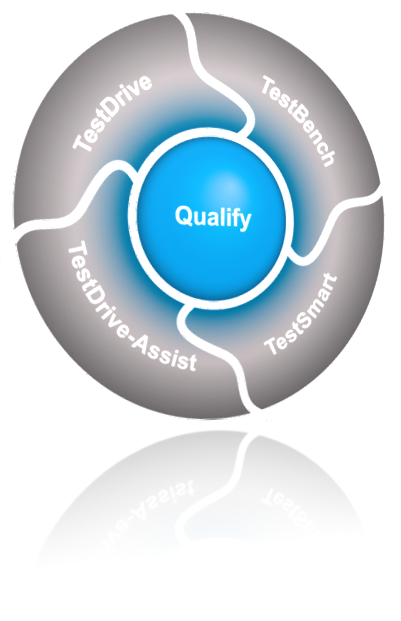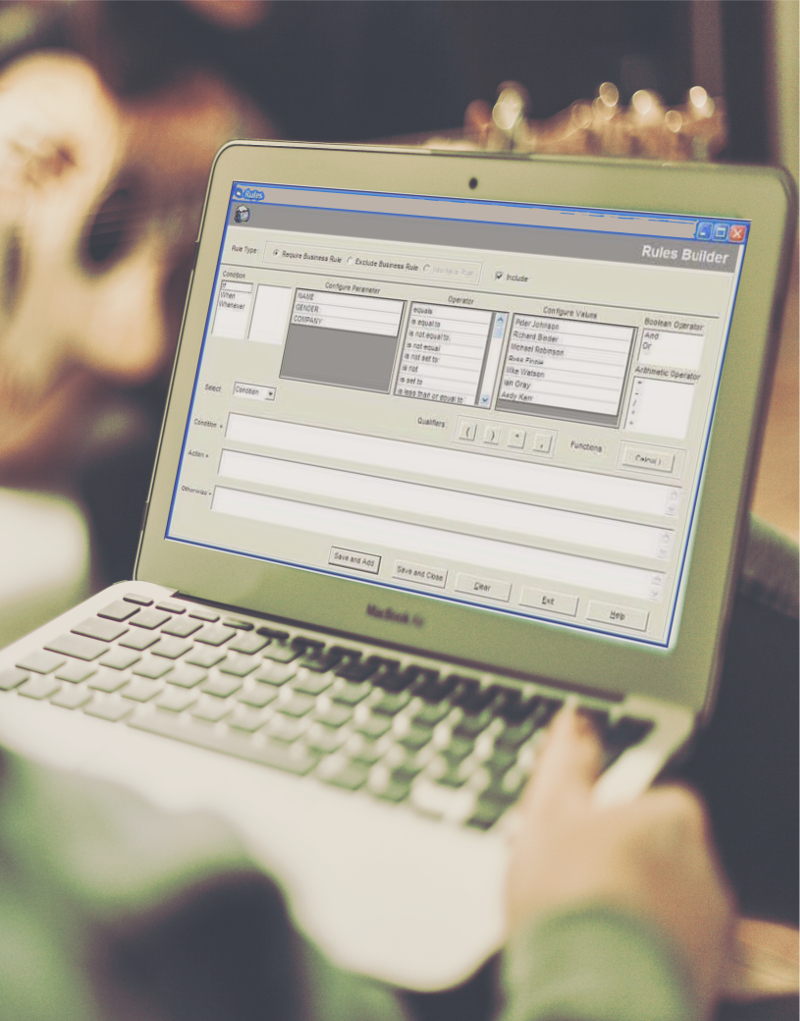Dynamic manual testing: TestDrive-Assist
TestDrive-Assist from Original Software is more than just a helping hand for manual testers; it's been shown to cut up to half the time spent engaged in manual software testing.
Because TestDrive-Assist requires such minimal training and setup time, it is an ideal entry level product for those testers who may not yet need or want full automation but want some way of capturing their work and improving their efficiency. It is the only software testing solution to monitor applications and provide screen, input, database and test-status information for manual tests.
TestDrive-Assist for manual testing provides two key elements, offering practical and immediate benefit:
- The results of manual tests are automatically documented in detail for defect diagnosis or re-use purposes, removing the tedium of manual screen prints.
- Transition from manual testing into automation by converting manual results into automated test scripts. This approach has shown to cut up to half the time spent in manual software testing and provides a fast start to automation.


Robust test automation: TestDrive
For short- and long-term success, software testing solutions need to be dynamic, flexible, and able to be deployed easily and quickly amongst the broadest possible user-base.
The next generation technology incorporated into TestDrive brings practical business benefits that offer you options. For example, you might choose to conduct more comprehensive testing in the same time frame to reduce risk, or carry out the same amount of testing but finish quicker, or to use fewer costly resources, or any combination of these. The choice is yours.
The result is higher-quality applications, delivered to market in a shorter period of time. In essence, the whole application development process becomes more productive.
Database management and verification. Application quality for SQL Server, Oracle and IBM i (System i, AS/400): TestBench
TestBench is an effective solution for all database validation effects and the creation of cut down, representative test data to reduce test times and data footprints. Data confidentiality is addressed, and the unique user-managed data roll-back capability reduces environment downtime, improving testing productivity and accuracy.
Traditionally, software test automation tools concentrate on testing only what the eye can see, but looking for defects in only one area is an unacceptable compromise. TestBench embraces this visual layer but is equally rigorous in examining the underlying activity in the database. It integrates with other testing solutions from Original Software in a way which is accessible to both users and testers to ensure you retain "total application quality."
How does TestBench work?
- Intelligent data extraction.
- Test environment management.
- Test data and integrated database validation management.
- Application data verification and validation.
- Undo capability supporting error recovery and repeatable testing.
- Data scrambling.
- Checkpoints and rollback.
- Table/file comparison.
- Result comparison.


Automated creation of variable data: TestSmart
TestSmart guarantees that the data you use to test an application is consistent and objective - something that is very hard to achieve with a testing team. With the best will in the world, different people will build different test cases to test the same application.
TestSmart takes information about the application under test (such as field name and object content), then applies details of how the application is supposed to behave (in the form of business rules and requirements). It then automatically builds an optimised set of variable data, designed to cover the maximum number of possible scenarios with the minimum amount of data and number of test cases.
This guarantees that the application is tested in every conceivable scenario, thereby uncovering more defects and increasing software quality.
How does TestSmart work?
- Automatic creation of test data.
- Easy importing of data that already exists in a spreadsheet.
- Definition of business rules and requirements.
- Rules then applied to the data.
- Calculation of every possible data combination that fits the rules.
- Reduction of the number of combinations to the minimum that will still test the application most accurately using a pairwise algorithm.

